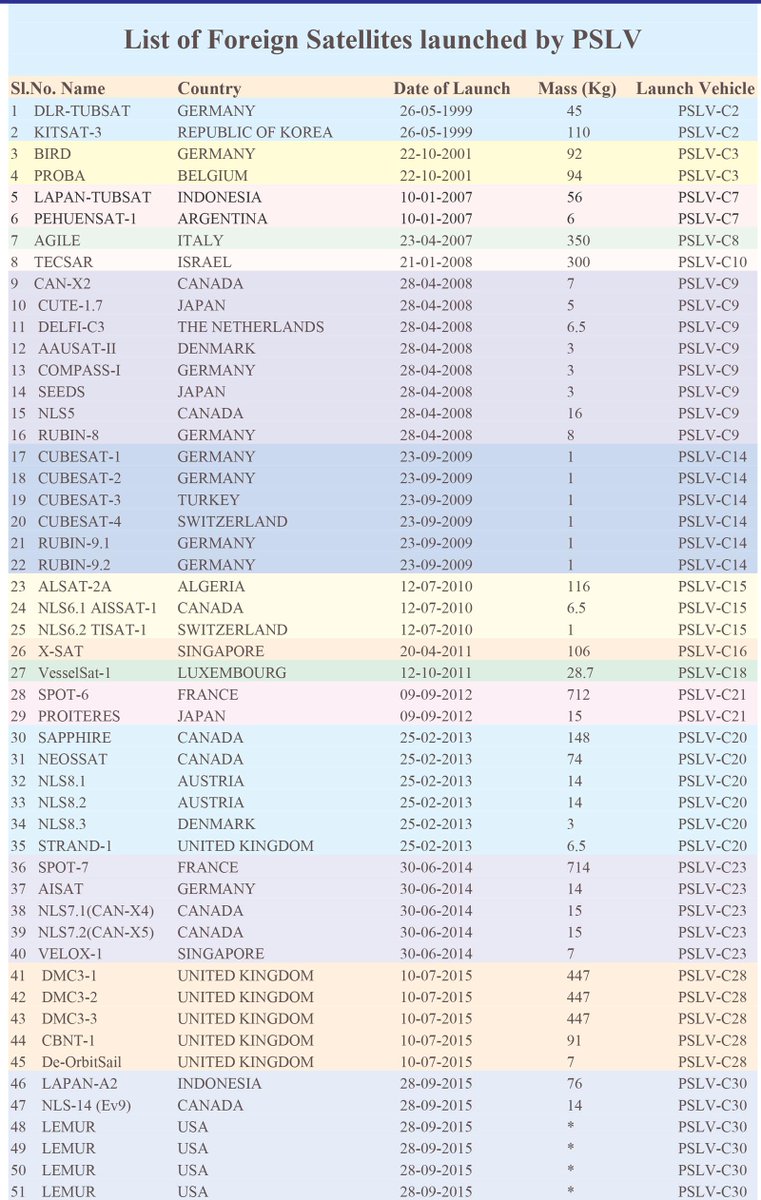Star Wars
BANNED

- Joined
- Jan 7, 2013
- Messages
- 12,446
- Reaction score
- -14
- Country
- Location
Follow along with the video below to see how to install our site as a web app on your home screen.
Note: This feature may not be available in some browsers.




Rajan Cuts India Rate More Than Expected to Four-Year Low
Sandrine Rastello
September 29, 2015
Raghuram Rajan, governor of the Reserve of India.
Rate cut by 50bps; only one of 52 economists predicted move
India’s central bank lowered interest rates more than expected to bolster the economy as China’s slowdown threatens global growth and a commodity rout contains inflation.
- Policy must be "accommodative to the extent possible": Rajan
Governor Raghuram Rajan cut the benchmark repurchase rate to 6.75 percent from 7.25 percent, the Reserve Bank of India said in a statement in Mumbai on Tuesday, the lowest since May 2011. The move was predicted by only one of 52 economists in a Bloomberg survey. Forty two expected a quarter-point cut and nine saw no change.
“The weakening of global activity since our last review suggests that commodity prices will remain contained for awhile,” Rajan said. Stronger domestic demand is needed to substitute for weaker global growth, he said, adding that “monetary policy has to be accommodative to the extent possible” in current conditions.
“Investment is likely to respond more strongly if there is more certainty about the extent of monetary stimulus in the pipeline, even if transmission is slow,” he said.
Rajan had faced growing pressure from Prime Minister Narendra Modi’s government to reduce one of Asia’s highest borrowing costs as Indian growth and price pressures slowed. Rajan is looking to keep inflation within 6 percent by January, 5 percent a year later and near 4 percent by early 2018.
"The front loading of rate cuts brings real rates in line with the RBI’s expectations, with further cuts contingent on fiscal policy and transmission," said Deepali Bhargava, a Singapore-based economist at Credit Suisse AG, adding that this is probably the last cut until March 31. "The RBI seems to have done its bit now while passing the buck to the government and the banks."
Rajan said the January target “is likely to be achieved” and “the focus should now shift to bringing inflation to around 5 percent” by March 2017. The bank will be vigilant for signs monetary policy adjustments are needed to stick to the deflationary path, he said.
Bank Transmission
“While the Reserve Bank’s stance will continue to be accommodative, the focus of monetary action for the near term will shift to working with the government to ensure that impediments to banks passing on the bulk of the cumulative 125 basis points cut in the policy rate are removed,” Rajan said.
While markets have transmitted policy actions via commercial paper and corporate bonds, the median base lending rates of banks have fallen by only about 30 basis points “despite extremely easy liquidity conditions,” he said.
India also relaxed curbs on foreign ownership of its debt, giving global funds increased access to Asia’s best-performing bonds.
Consumer-price gains slowed to 3.66 percent in August -- below Rajan’s target for a 12th month as oil has tumbled below $50 a barrel and global food costs fell.
The central bank projected consumer-price inflation at about 4.5 percent in September, according to a separate report. The figure will average 5.8 in the first three months of 2016, below the target of 6 percent by January, and 4.8 percent in the first three months of 2017.
Bright Spot
India is a bright spot compared with other emerging markets, with economic growth set to surpass a decelerating China this year. The U.S. move to retain near-zero interest rates earlier this month eased concerns of capital outflows.
The RBI forecast gross-value added growth at 7.4 percent in the year through March 2016, and 7.8 percent in the following 12 months.
Finance Minister Arun Jaitley told Bloomberg Television last week that inflation is under control and India needs lower interest rates. While Modi’s administration has taken measures to prevent a food-price spike caused by below-average rainfall, it has struggled to pass a national sales tax and backed off from plans to overhaul land and labor laws.
The benchmark stock index, which has fallen more than 3 percent over the past month, pared losses after the rate decision together with the rupee. The yield on the 10-year sovereign bond plunged 15 basis points to 7.58 percent.
"The economy has legacy problems to deal with and there are no silver bullets," Rajan said at a briefing after the decision. "The government, other regulators and the RBI are turning around this economy through hard work, through pragmatic policies that are not ideological but based on what works."
Rajan Cuts India Rate More Than Expected to Four-Year Low - Bloomberg Business



And they say Modi's trips abroad yield no results....This is speculated to be triggered by Prime Minister Narendra Modi's meet with Tesla CEO Elon Musk in his recent visit to Silicon Valley. Sources say it has peaked Musk's interest in the 'Make in India' pitch.
And they say Modi's trips abroad yield no results....

Could you talk specifics sir?Trips does yield results but if backed up with action on ground back home - the results can be multiplied -for that he needs to re think his current team
Could you talk specifics sir?

What are you talking about? Didn't you hear Jaitley sahab on the last day of the session, he took the congress to the cleaners.Finance and Commerce Ministries have been a disappointment so far
What are you talking about? Didn't you hear Jaitley sahab on the last day of the session, he took the congress to the cleaners.

He clearly looked pissed off at how a lowly journalist could ask him such a question.
He clearly looked pissed off at how a lowly journalist could ask him such a question.


